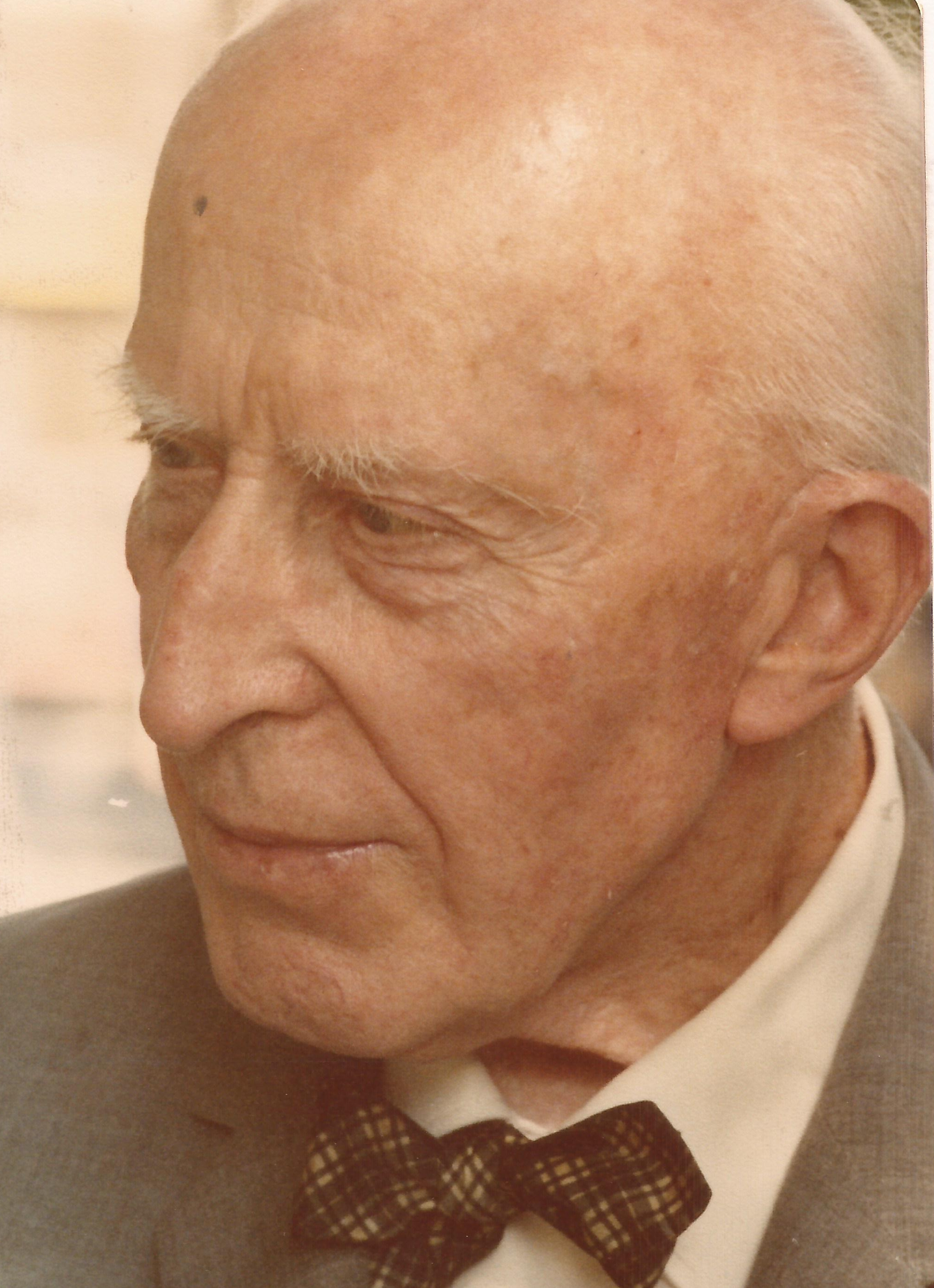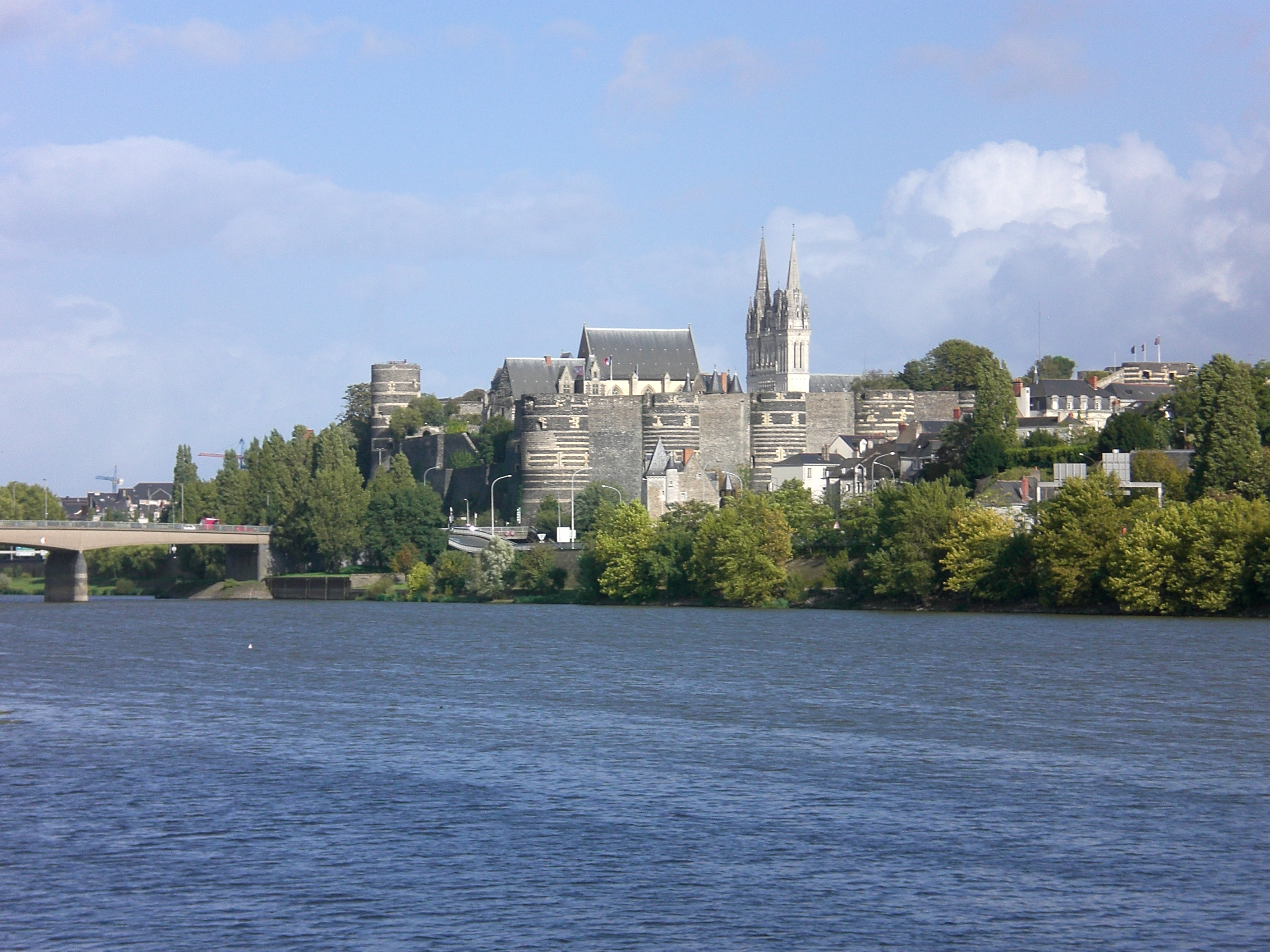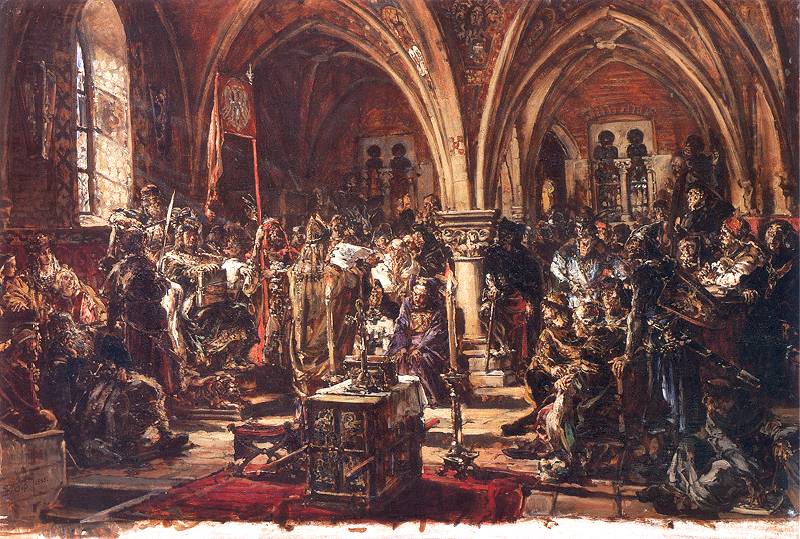|
Emeryk August Hutten-Czapski
Emeryk August, Count Hutten-Czapski (born 21 August 1897 in Stankow, Minsk Governorate, died 31 January 1979 in Rome, Italy), was a Polish aristocrat, politician, military officer, diplomat and Bailiff of the Polish Sovereign Military Order of Malta. Emeryk August Hutten-Czapski, descended from a long line of nobles who contributed much to Poland's political and cultural life. His father was Count Karol Hutten-Czapski (1860-1904), President of Minsk, and his mother was Maria Leontyna Pusłowska (1870-1965). His grandfather was Count Emeryk Hutten-Czapski, renowned collector and numismatist, founder of The Emeryk Hutten-Czapski Museum in Kraków. Emeryk was adopted by a second cousin twice removed, Count Bogdan Hutten-Czapski, who had no issue, was very wealthy, and was a prominent and controversial figure in Polish politics. Józef Czapski, the painter, and Maria Czapska, the writer, were his first cousins. Emeryk had two sisters: Elżbieta (1895-1930) married to Count Aleksand ... [...More Info...] [...Related Items...] OR: [Wikipedia] [Google] [Baidu] |
Count Emeryk August Hutten-Czapski
Count (feminine: countess) is a historical title of nobility in certain European countries, varying in relative status, generally of middling rank in the hierarchy of nobility. Pine, L. G. ''Titles: How the King Became His Majesty''. New York: Barnes & Noble, 1992. p. 73. . The etymologically related English term "county" denoted the territories associated with the countship. Definition The word ''count'' came into English from the French ''comte'', itself from Latin '' comes''—in its accusative ''comitem''—meaning “companion”, and later “companion of the emperor, delegate of the emperor”. The adjective form of the word is " comital". The British and Irish equivalent is an earl (whose wife is a "countess", for lack of an English term). In the late Roman Empire, the Latin title '' comes'' denoted the high rank of various courtiers and provincial officials, either military or administrative: before Anthemius became emperor in the West in 467, he was a military '' ... [...More Info...] [...Related Items...] OR: [Wikipedia] [Google] [Baidu] |
American Relief Administration
American Relief Administration (ARA) was an American relief mission to Europe and later post-revolutionary Russia after World War I. Herbert Hoover, future president of the United States, was the program director. The ARA's immediate predecessor was the important United States Food Administration, also headed by Hoover. He and some of his collaborators had already gained useful experience by running the Commission for Relief in Belgium which fed seven million Belgians and two million northern French during World War I. ARA was formed by United States Congress on February 24, 1919, with a budget of 100 million dollars ($ in ). Its budget was boosted by private donations, which resulted in another 100 million dollars. In the immediate aftermath of the war, the ARA delivered more than four million tons of relief supplies to 23 war-torn European countries. Between 1919 and 1921, Arthur Cuming Ringland was chief of mission in Europe. ARA ended its operations outside Russia in 192 ... [...More Info...] [...Related Items...] OR: [Wikipedia] [Google] [Baidu] |
England
England is a country that is part of the United Kingdom. It shares land borders with Wales to its west and Scotland to its north. The Irish Sea lies northwest and the Celtic Sea to the southwest. It is separated from continental Europe by the North Sea to the east and the English Channel to the south. The country covers five-eighths of the island of Great Britain, which lies in the North Atlantic, and includes over 100 smaller islands, such as the Isles of Scilly and the Isle of Wight. The area now called England was first inhabited by modern humans during the Upper Paleolithic period, but takes its name from the Angles, a Germanic tribe deriving its name from the Anglia peninsula, who settled during the 5th and 6th centuries. England became a unified state in the 10th century and has had a significant cultural and legal impact on the wider world since the Age of Discovery, which began during the 15th century. The English language, the Anglican Church, and Engli ... [...More Info...] [...Related Items...] OR: [Wikipedia] [Google] [Baidu] |
North Africa
North Africa, or Northern Africa is a region encompassing the northern portion of the African continent. There is no singularly accepted scope for the region, and it is sometimes defined as stretching from the Atlantic shores of Mauritania in the west, to Egypt's Suez Canal. Varying sources limit it to the countries of Algeria, Libya, Morocco, and Tunisia, a region that was known by the French during colonial times as "''Afrique du Nord''" and is known by Arabs as the Maghreb ("West", ''The western part of Arab World''). The United Nations definition includes Morocco, Algeria, Tunisia, Libya, Egypt, Sudan, and the Western Sahara, the territory disputed between Morocco and the Sahrawi Republic. The African Union definition includes the Western Sahara and Mauritania but not Sudan. When used in the term Middle East and North Africa (MENA), it often refers only to the countries of the Maghreb. North Africa includes the Spanish cities of Ceuta and Melilla, and plazas de s ... [...More Info...] [...Related Items...] OR: [Wikipedia] [Google] [Baidu] |
Red Cross
The International Red Cross and Red Crescent Movement is a Humanitarianism, humanitarian movement with approximately 97 million Volunteering, volunteers, members and staff worldwide. It was founded to protect human life and health, to ensure respect for all human beings, and to prevent and alleviate human suffering. Within it there are three distinct organisations that are legally independent from each other, but are united within the movement through common basic principles, objectives, symbols, statutes and governing organisations. History Foundation Until the middle of the nineteenth century, there were no organized or well-established army nursing systems for casualties, nor safe or protected institutions, to accommodate and treat those who were wounded on the battlefield. A devout Calvinism, Calvinist, the Swiss businessman Jean-Henri Dunant traveled to Italy to meet then-French emperor Napoleon III in June 1859 with the intention of discussing difficulties in conducting ... [...More Info...] [...Related Items...] OR: [Wikipedia] [Google] [Baidu] |
Angers
Angers (, , ) is a city in western France, about southwest of Paris. It is the prefecture of the Maine-et-Loire department and was the capital of the province of Anjou until the French Revolution. The inhabitants of both the city and the province are called ''Angevins'' or, more rarely, ''Angeriens''. Angers proper covers and has a population of 154,508 inhabitants, while around 432,900 live in its metropolitan area (''aire d'attraction''). The Angers Loire Métropole is made up of 29 communes covering with 299,500 inhabitants (2018).Comparateur de territoire INSEE Not including the broader metropolitan area, Angers is the third most populous |
France
France (), officially the French Republic ( ), is a country primarily located in Western Europe. It also comprises of Overseas France, overseas regions and territories in the Americas and the Atlantic Ocean, Atlantic, Pacific Ocean, Pacific and Indian Oceans. Its Metropolitan France, metropolitan area extends from the Rhine to the Atlantic Ocean and from the Mediterranean Sea to the English Channel and the North Sea; overseas territories include French Guiana in South America, Saint Pierre and Miquelon in the North Atlantic, the French West Indies, and many islands in Oceania and the Indian Ocean. Due to its several coastal territories, France has the largest exclusive economic zone in the world. France borders Belgium, Luxembourg, Germany, Switzerland, Monaco, Italy, Andorra, and Spain in continental Europe, as well as the Kingdom of the Netherlands, Netherlands, Suriname, and Brazil in the Americas via its overseas territories in French Guiana and Saint Martin (island), ... [...More Info...] [...Related Items...] OR: [Wikipedia] [Google] [Baidu] |
Sejm
The Sejm (English: , Polish: ), officially known as the Sejm of the Republic of Poland (Polish: ''Sejm Rzeczypospolitej Polskiej''), is the lower house of the bicameral parliament of Poland. The Sejm has been the highest governing body of the Third Polish Republic since the transition of government in 1989. Along with the upper house of parliament, the Senate, it forms the national legislature in Poland known as National Assembly ( pl, Zgromadzenie Narodowe). The Sejm is composed of 460 deputies (singular ''deputowany'' or ''poseł'' – "envoy") elected every four years by a universal ballot. The Sejm is presided over by a speaker called the "Marshal of the Sejm" (''Marszałek Sejmu''). In the Kingdom of Poland, the term "''Sejm''" referred to an entire two-chamber parliament, comprising the Chamber of Deputies ( pl, Izba Poselska), the Senate and the King. It was thus a three-estate parliament. The 1573 Henrician Articles strengthened the assembly's jurisdiction, makin ... [...More Info...] [...Related Items...] OR: [Wikipedia] [Google] [Baidu] |
Nowogródek Voivodeship (1919–1939)
Nowogródek Voivodeship ( pl, Województwo nowogródzkie) was a unit of administrative division of the Second Polish Republic between 1919 and 1939, with the capital in Nowogródek (now Navahrudak, Belarus). Following German and Soviet Invasion of Poland of September 1939, Poland's borders were redrawn in accordance with the Molotov–Ribbentrop Pact. The Nowogródek Voivodeship was incorporated into the Byelorussian Soviet Socialist Republic in an atmosphere of terror, following staged elections. With the end of World War II, at the insistence of Joseph Stalin at the Tehran Conference of 1943, the area remained in Soviet hands, and the Polish population was soon forcibly resettled. Since 1991, most part of it belongs to the sovereign Republic of Belarus. Location and area The voivodeship covered . It was located in north-eastern part of the country, bordering Soviet Union to the east, Białystok Voivodeship to the west, Polesie Voivodeship to the south and Wilno Voivodeship ... [...More Info...] [...Related Items...] OR: [Wikipedia] [Google] [Baidu] |
Vilnius
Vilnius ( , ; see also other names) is the capital and largest city of Lithuania, with a population of 592,389 (according to the state register) or 625,107 (according to the municipality of Vilnius). The population of Vilnius's functional urban area, which stretches beyond the city limits, is estimated at 718,507 (as of 2020), while according to the Vilnius territorial health insurance fund, there were 753,875 permanent inhabitants as of November 2022 in Vilnius city and Vilnius district municipalities combined. Vilnius is situated in southeastern Lithuania and is the second-largest city in the Baltic states, but according to the Bank of Latvia is expected to become the largest before 2025. It is the seat of Lithuania's national government and the Vilnius District Municipality. Vilnius is known for the architecture in its Old Town, declared a UNESCO World Heritage Site in 1994. The city was noted for its multicultural population already in the time of the Polish–Lithuanian ... [...More Info...] [...Related Items...] OR: [Wikipedia] [Google] [Baidu] |
Słonim
Slonim ( be, Сло́нім, russian: Сло́ним, lt, Slanimas, lv, Sloņima, pl, Słonim, yi, סלאָנים, ''Slonim'') is a city in Grodno Region, Belarus, capital of the Slonimski rajon. It is located at the junction of the Ščara and Isa rivers, southeast of Hrodna. The population in 2015 was 49,739. Etymology and historical names Slonim has been known by several versions of its name: Сло́нім ( Belarusian), Słonim (Polish), Сло́ним (Russian). Slonim was first mentioned in chronicles in 1252 as Uslonim and in 1255 as Vslonim. According to one version (which is also considered to be an official one), the name of the city originates from the Slavic word 'zaslona' (a screen), meaning that the city used to be an outpost at the southern border of Grand Duchy of Lithuania. Another version, proposed by Jazep Stabroŭski, states that Slonim is a derivative from 'Užslenimas' in the Lithuanian language simply means 'beyond the valley'. History Middle Ages ... [...More Info...] [...Related Items...] OR: [Wikipedia] [Google] [Baidu] |
Stowbtsy
Stowbtsy ( be, Стоўбцы, ''Stoŭbcy'', ) or Stolbtsy ( rus, Столбцы, , stɐlˈptsɨ; pl, Stołpce; yi, סטויבץ ''Steibtz'', lt, Stolpcai) is a town in Minsk Region, Belarus, the administrative center of the Stowbtsy District. It is located at the Neman River. The population is approximately 15,400. Name origin "Stowbtsy" means "columns" or "posts" in Belarusian. A suggested version for the name origin: once the Neman River was very deep, and sailing boats had to be tied to wooden posts to secure the boats against a strong flow of the river. History The city was founded in 1593. For a long time it was a ''shtetl'' with significant Jewish population. In August 1924, while Stowbtsy was part of the Second Polish Republic, the town was the site of a Soviet-Polish border incident in which a company of Soviet raiders attacked its police station and government building in order to free two imprisoned communist activists (see Soviet raid on Stołpce). In June 1941, t ... [...More Info...] [...Related Items...] OR: [Wikipedia] [Google] [Baidu] |









.jpg)